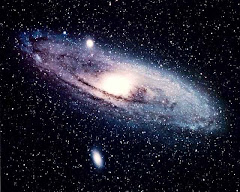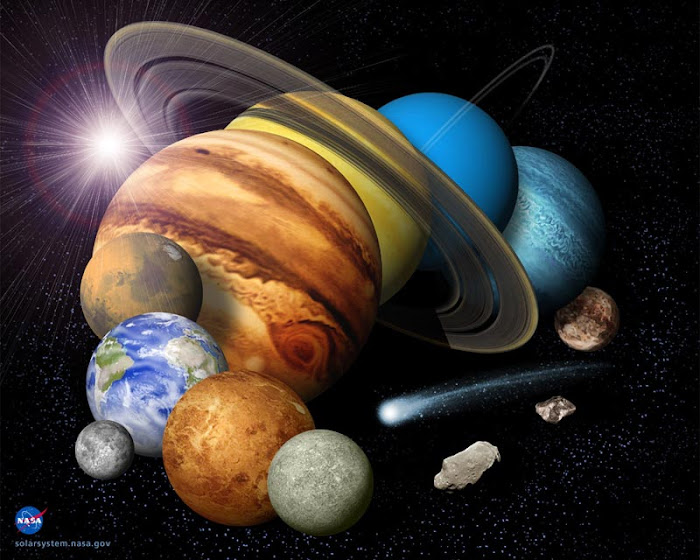 In astrophysics, a white hole is the theoretical time reversal of a black hole. While a black hole acts as a vacuum, drawing in any matter that crosses the event horizon, a white hole acts as a source that ejects matter from its event horizon. The sign of the acceleration is invariant under time reversal, so both black and white holes attract matter. The only potential difference between them is in the behavior at the horizon.
In astrophysics, a white hole is the theoretical time reversal of a black hole. While a black hole acts as a vacuum, drawing in any matter that crosses the event horizon, a white hole acts as a source that ejects matter from its event horizon. The sign of the acceleration is invariant under time reversal, so both black and white holes attract matter. The only potential difference between them is in the behavior at the horizon.
Black hole event horizons can only "suck up" matter, while white hole horizons ostensibly recede from any incoming matter at the local speed of light, so that the infalling matter never crosses. The infalling matter is then scattered and reemitted at the death of the white hole, receding to infinity after having come close to the final singular point where the white hole is destroyed. The total proper time until an infalling object encounters the singular endpoint is the same as the proper time to be swallowed by a black hole, so the white hole picture does not say what happens to the infalling matter. Ignoring the classically unpredictable emissions of the white hole, the white hole and black hole are indistinguishable for external observers.
In quantum mechanics, the black hole emits Hawking radiation, and so can come to thermal equilibrium with a gas of radiation. Since a thermal equilibrium state is time reversal invariant, Hawking argued that the time reverse of a black hole in thermal equilibrium is again a black hole in thermal equilibrium.This implies that black holes and white holes are the same object. The Hawking radiation from an ordinary black hole is then identified with the white hole emission. Hawking's semi-classical argument is reproduced in a quantum mechanical AdS/CFT treatment, where a black hole in anti-de Sitter space is described by a thermal gas in a gauge theory, whose time reversal is the same as itself.
Tuesday, November 25, 2008
White Hole
Subscribe to:
Post Comments (Atom)












No comments:
Post a Comment